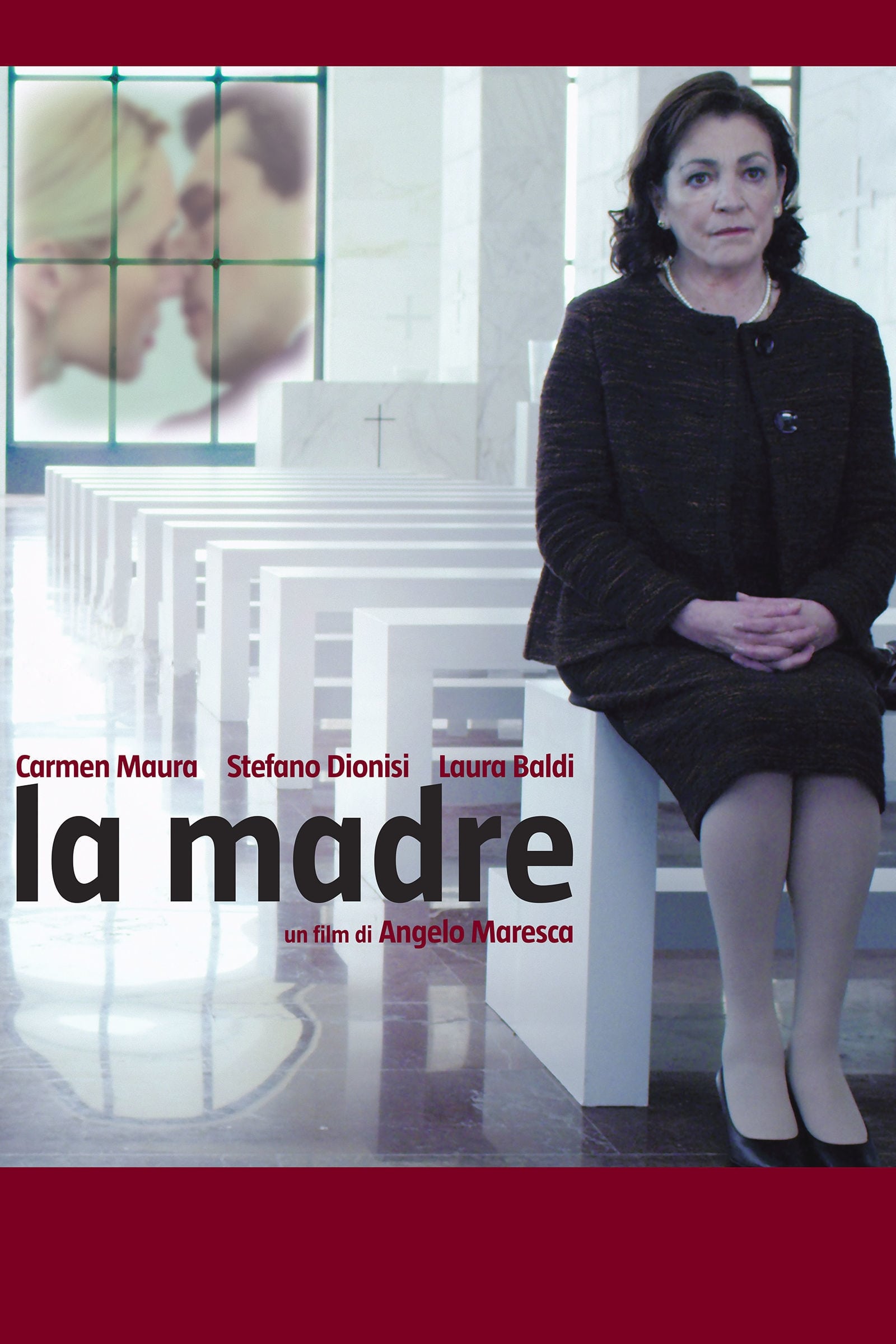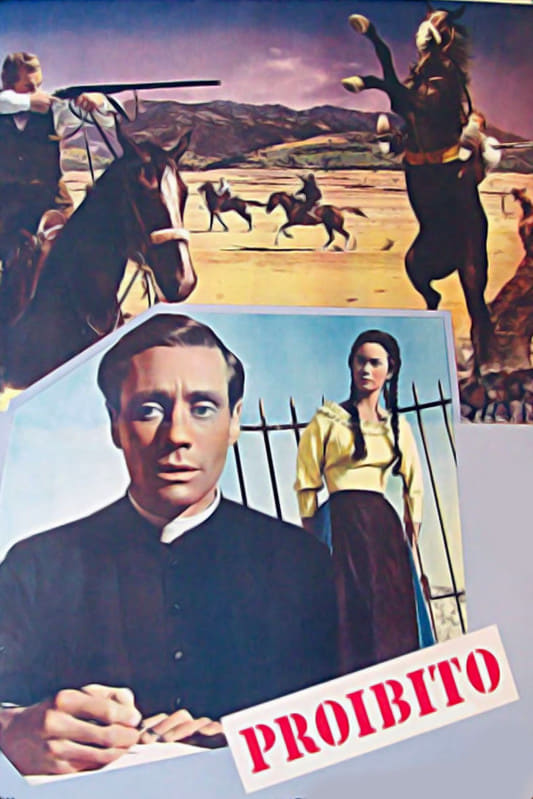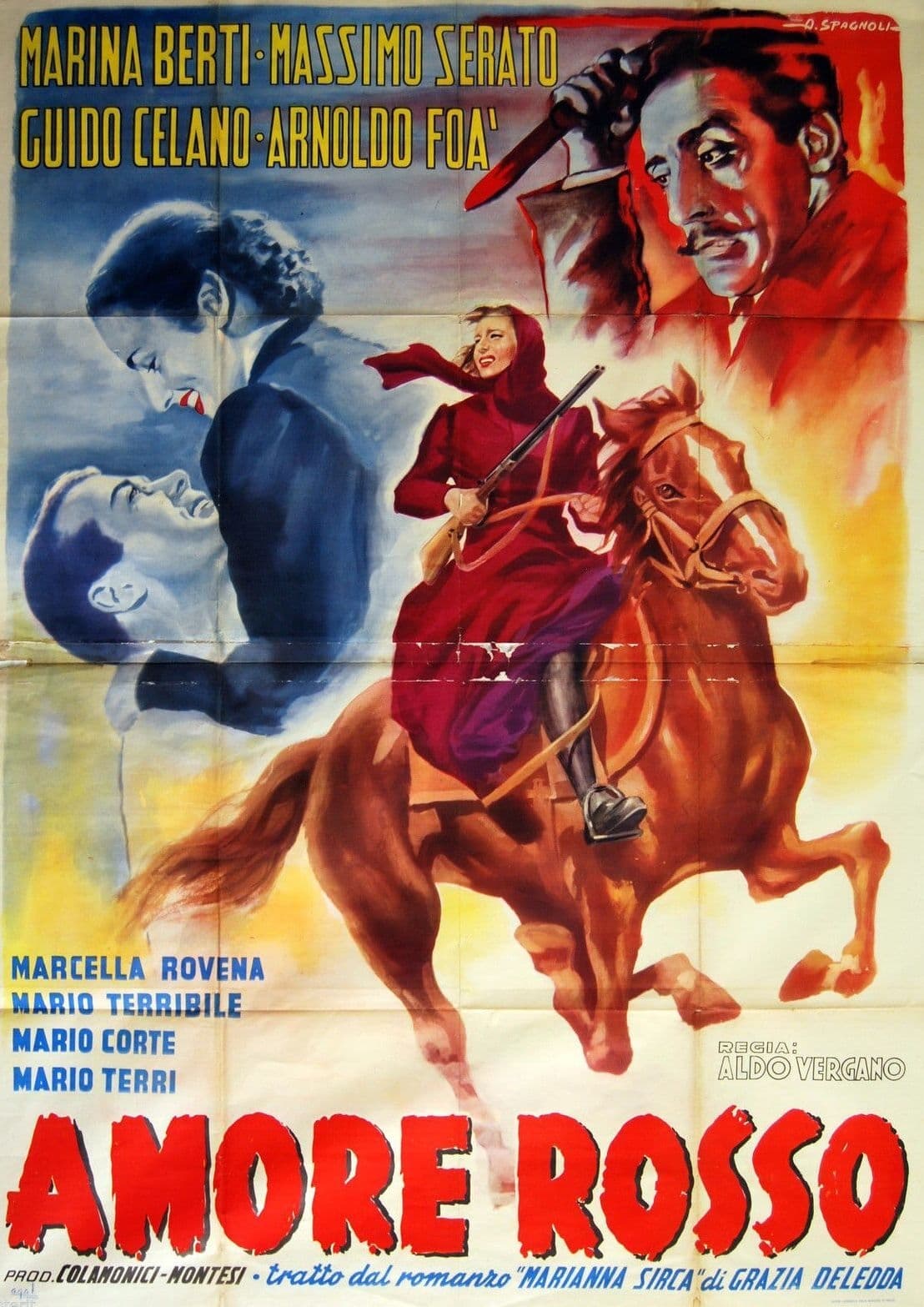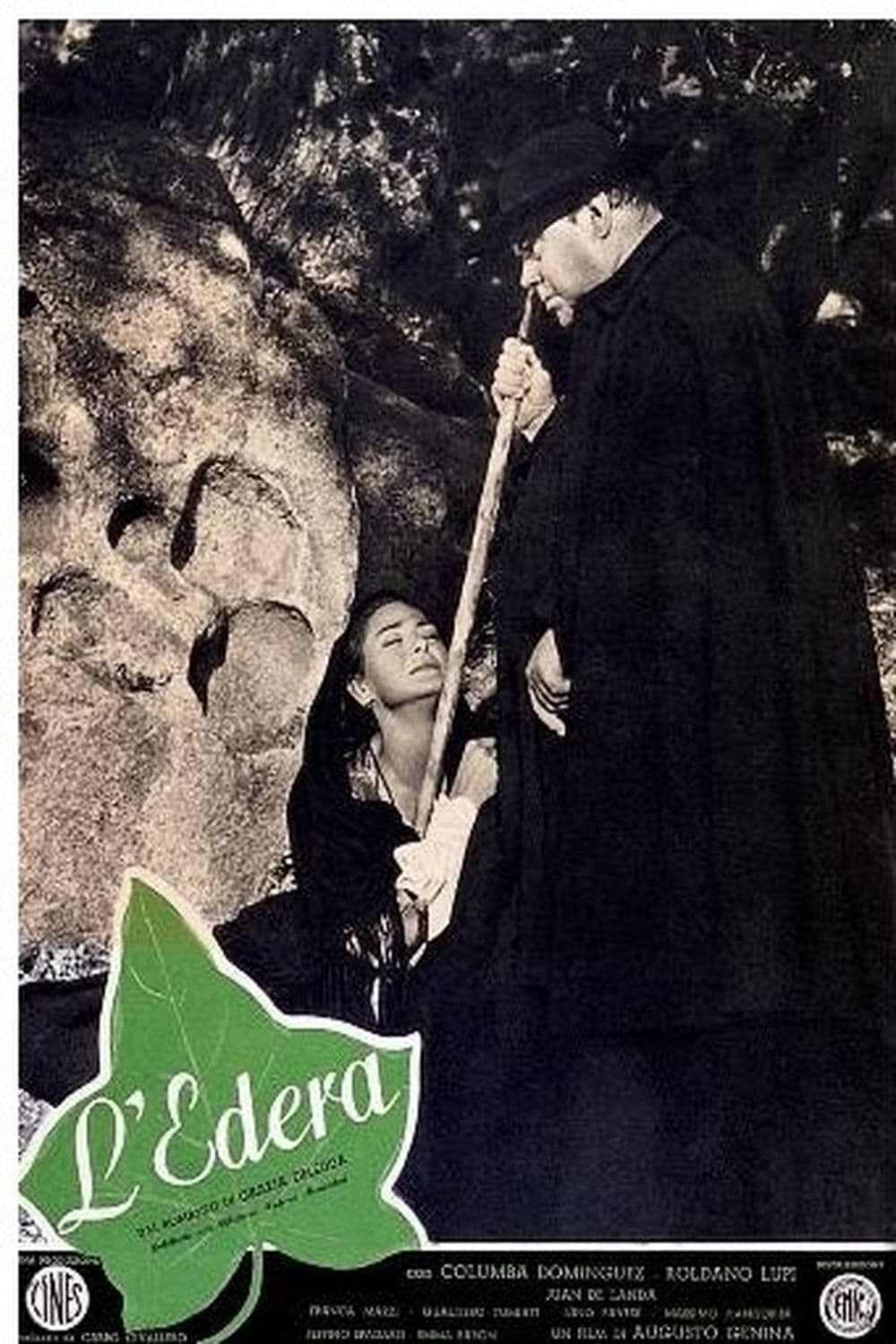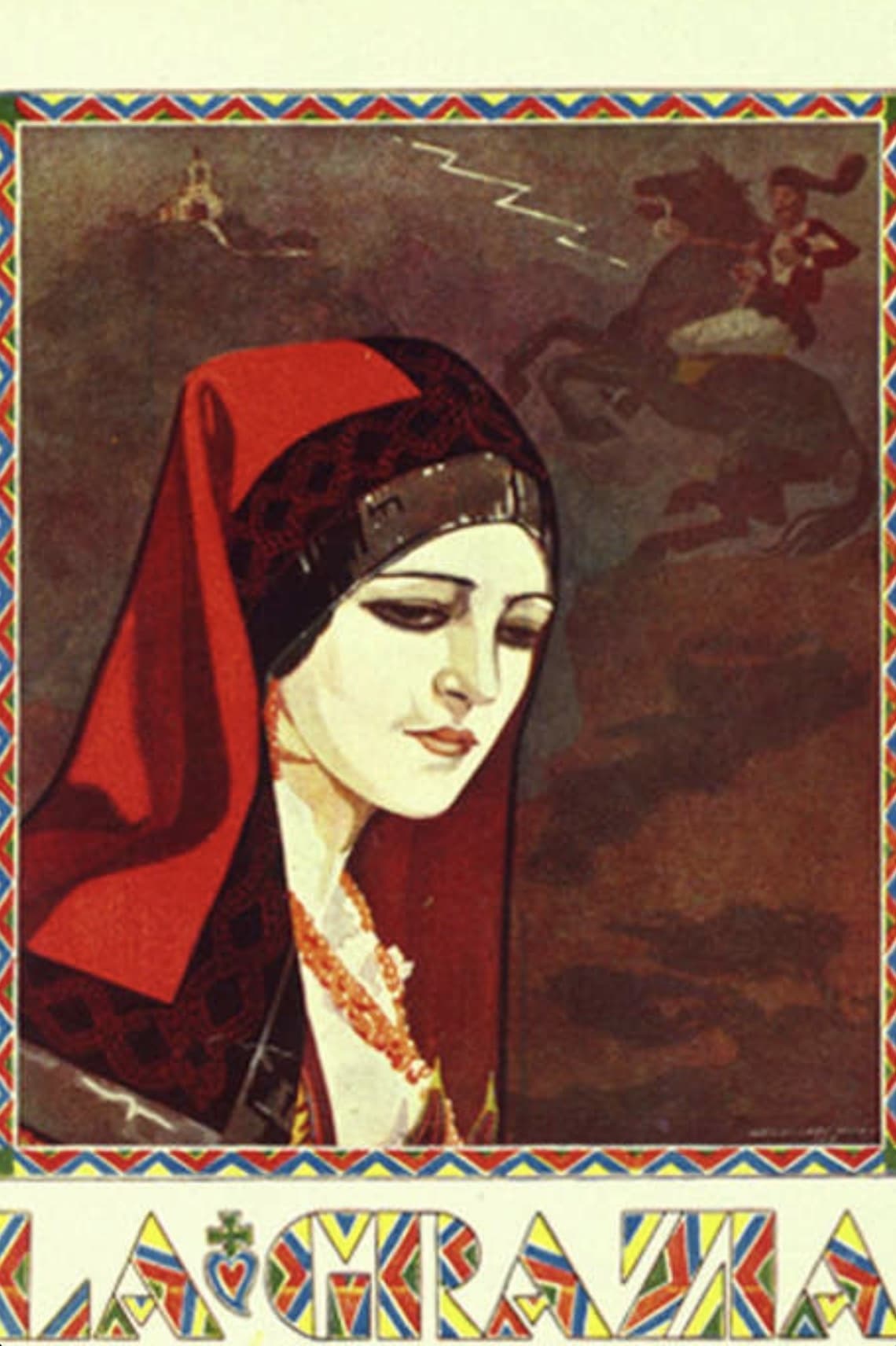Biography
Grazia Maria Cosima Damiana Deledda (Italian pronunciation: [ˈɡrattsja deˈlɛdda]; 27 September 1871 – 15 August 1936), also known in Sardinian language as Gràssia or Gràtzia Deledda (pronounced [ˈɡɾa(t)si.a ðɛˈlɛɖːa]), was an Italian writer who received the Nobel Prize for Literature in 1926 "for her idealistically inspired writings which with plastic clarity picture the life on her native island [i.e. Sardinia] and with depth and sympathy deal with human problems in general". She was the first Italian woman to receive the prize, and only the second woman in general after Selma Lagerlöf was awarded hers in 1909. Deledda was born in Nuoro, Sardinia, into a middle-class family, to Giovanni Antonio Deledda and Francesca Cambosu, as the fourth of seven siblings. She attended elementary school (the minimum required at the time) and was then educated by a private tutor (a guest of one of her relatives) and moved on to study literature on her own. It was during this time that she started displaying an interest in writing short novels, mostly inspired by the life of Sardinian peasants and their struggles. Her teacher encouraged her to submit her writing to a newspaper and, at age 13, her first story was published in a local journal. Some of Deledda's early works were published in the fashion magazine L'ultima moda between 1888 and 1889. In 1890 Trevisani published Nell'azzurro (Into the Blue), her first collection of short stories. Deledda's main focus was the representation of poverty and the struggles associated with it through a combination of imaginary and autobiographical elements. Her family wasn't particularly supportive of her desire to write.
Deledda's first novel, Fiori di Sardegna (Flowers of Sardinia) was published in 1892. Her 1896 book Paesaggi sardi, published by Speirani, is characterized by a prose both informed by fiction and poetry. Around this time Deledda initiated a regular collaboration with newspapers and magazines, most notably La Sardegna, Piccola Rivista and Nuova Antologia. Her work earned significant visibility as well as critical interest. In October 1899, Deledda met Palmiro Madesani, a functionary of the Ministry of Finance, in Cagliari. Madesani and Deledda were married in 1900 and the couple moved to Rome right after the publication of Deledda's Il vecchio della montagna (The Old Man from the Mountain, 1900). Despite the birth of her two sons, Sardus (1901) and Francesco "Franz" (1904), Deledda managed to continue to write prolifically, publishing about a novel a year.
In 1903 she published Elias Portolu, which was met with commercial and critical success, boosting her reputation as a writer. This was followed by Cenere (Ashes, 1904); L'edera (The Ivy, 1908); Sino al confine (To the Border, 1910); Colombi e sparvieri (Doves and Sparrows, 1912); and her most popular book, Canne al vento (Reeds in the Wind, 1913).
In 1916 Cenere was the inspiration for a silent movie with famed Italian actress Eleonora Duse. It was the first and only time that Duse, a theatre performer, appeared in a film. Deledda was one of the contributors of the nationalist women's magazine, Lidel, which was established in 1919.In 1926 Henrik Schück, a member of the Swedish Academy, nominated Deledda for the Nobel Prize in Literature. Deledda won "for her idealistically inspired writings which with plastic clarity picture the life on her native island and with depth and sympathy deal with human problems in general." She was awarded the Prize in a ceremony in Stockholm in 1926. Her initial response to the news was "Già?" ("Already?")
Deledda's win contributed to an increase in popularity of her writing. Benito Mussolini, who had just consolidated his grip on power, sent Deledda a signed portrait of himself with a dedication where he expressed his "profound admiration" for the writer. Flocks of journalists and photographers started visiting her home in Rome. Deledda initially welcomed them but eventually grew tired of the attention. One day she noticed that her beloved pet crow, Checca, was visibly irritated by the commotion, with people constantly coming in and out of the house. "If Checca has had enough, so have I," Deledda was quoted as saying, and she returned to a more retired routine.
The events also put a strain on Deledda's extremely methodical writings schedule. Her day would start with a late breakfast, followed by a morning of hard reading, lunch, a quick nap and a few hours of writing before dinner.
Deledda continued to write even as she grew older and more fragile. Her subsequent works, La Casa del Poeta (The House of the Poet, 1930) and Sole d'Estate (Summer Sun, 1933), indicate a more optimistic view of life even as she was experiencing serious health issues.
Deledda died in Rome at the age of 64 of breast cancer. La chiesa della solitudine (The Church of Solitude, 1936), Deledda's last novel, is a semi-autobiographical depiction of a young Italian woman coming to terms with a fatal disease. A completed manuscript of the novel Cosima was discovered after her death and published posthumously in 1937.
Filmography
Ratings
Information
Known ForWriting
GenderFemale
Birthday1871-09-27
Deathday1936-08-15 (64 years old)
Birth NameMaria Grazia Cosima Deledda
Birth PlaceNuoro, Italy
CitizenshipsKingdom of Italy
ResidencesRome, Italy
AwardsNobel Prize in Literature
This article uses material from Wikipedia.
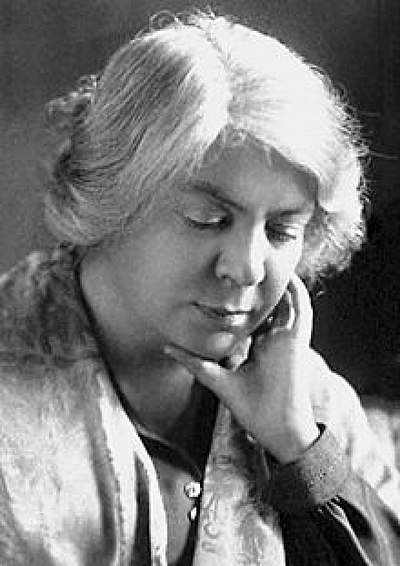 Grazia Deledda
Grazia Deledda- Filmography
- Information
